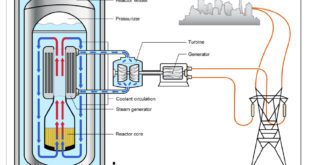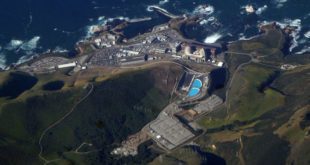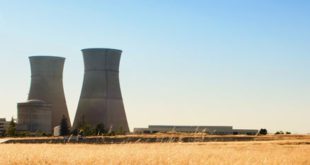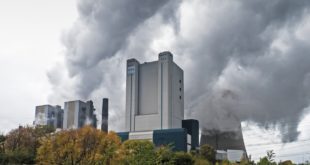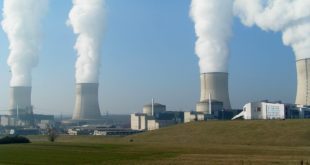
United States government engineers sent to help with the crisis in Japan are warning that the troubled nuclear plant there is facing a wide array of fresh threats that could persist indefinitely, and that in some cases are expected to increase as a result of the very measures being taken to keep the plant stable, according to a confidential assessment prepared by the Nuclear Regulatory Commission.
Among the new threats that were cited in the assessment, dated March 26, are the mounting stresses placed on the containment structures as they fill with radioactive cooling water, making them more vulnerable to rupture in one of the aftershocks rattling the site after the earthquake and tsunami of March 11. The document also cites the possibility of explosions inside the containment structures due to the release of hydrogen and oxygen from seawater pumped into the reactors, and offers new details on how semimolten fuel rods and salt buildup are impeding the flow of fresh water meant to cool the nuclear cores.
Major Problems Found
Here is an overview of the major findings of the problems being faced revealed in confidential document.
* Measures taken to keep the plant stable have created a wide array of problems.
* The weight of the water injections have made the reactors vulnerable to ruptures during an aftershock.
* The release of hydrogen mixed with seawater raises the possibility of the explosion.
* The mixture of seawater with molten fuel is blocking fresh water from reaching and cooling the reactors.
* New explosions could lead to further breaches in the containment vessels resulting in a much more serious release of radiation and leave a radioactive mass that would stay molten for a very long period of time.
* Pouring water to cool the reactors may not be able to be sustained indefinitely
* Fragments and particles of nuclear materials may have blown up to one mile high in the sky.
* Radioactive material lying around the plant needed to be bulldozed over.
* Because of the wide array of complex problems in three different reactors a successful outcome is less certain than ever.
* Reactor 1 is likely fully blocked from new water entering to cool it and most likely has no water in it at all.
* Similar problems exist in reactor 2 and 3 although blockage is less severe.
* The spent fuel rods pose an even greater potential for damage then the reactors themselves.
* The hydrogen explosion at reactor for is believed to released lots of radioactive material into the environment in what is termed as “a major term release”.
* Spent fuel rods are being exposed directly to the environment as opposed to the reactors themselves which are still in their containment vessels.
The most blaring thing I read was that the radioactive materials from the plant were blown up to a mile in the sky during the hydrogen explosions.
The document also suggests that fragments or particles of nuclear fuel from spent fuel pools above the reactors were blown “up to one mile from the units,” and that pieces of highly radioactive material fell between two units and had to be “bulldozed over,” presumably to protect workers at the site. The ejection of nuclear material, which may have occurred during one of the earlier hydrogen explosions, may indicate more extensive damage to the extremely radioactive pools than previously disclosed.
Many will find some of the other major points to be the most shocking, such as the weight of the radioactive water in the cooling pools could bust open the nuclear reactors at any minute and findings by experts that the situation could last indefinitely with no end in sight.
Personally, the news that the nuclear fragments and were blown up to a mile in the sky is very bad news.
Why? Because the most dangerous radioactive contaminant, the Plutonium in the “MOX” fuel, is very heavy. While kept near ground levels the devastation it can cause is kept localized. Now with the new news that it has been blasted up into the atmosphere, the risk of it spreading to the United states and around the globe is a very real and frightening prospect.
 Alternative Energy HQ solar power for homes, wind energy, and bio fuel issues
Alternative Energy HQ solar power for homes, wind energy, and bio fuel issues


